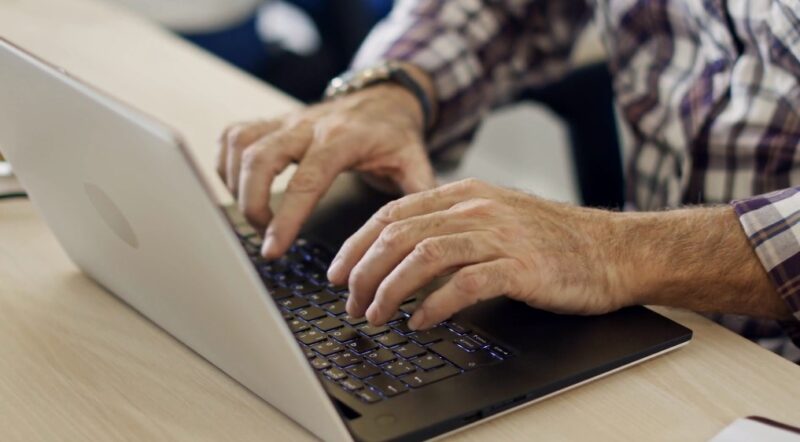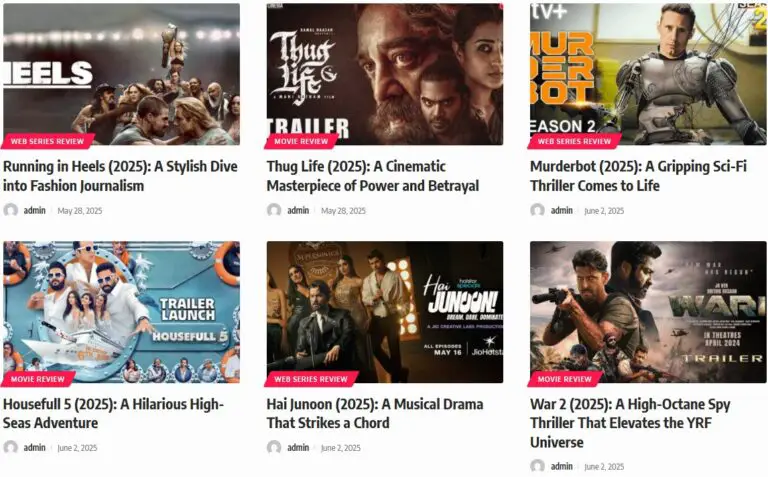Email marketing is a game-changer for startups. It’s your direct line to customers, a way to share your story, showcase your products, and build relationships.
That’s why it is so important to choose the right approach.
Table of Contents
ToggleChoose the Right Platform

For startups, choosing an email marketing service is a crucial decision. Among the top contenders are Mailchimp and MailerLite.
Mailchimp: Consider it the Swiss Army knife of email marketing. It’s feature-rich, offering automation, performance tracking, and seamless integration with other apps. Designed to scale with your business, Mailchimp supports your growth every step of the way. Plus, its user-friendly interface means you can launch campaigns without being a tech expert.
MailerLite: If simplicity is key, MailerLite is the answer. It provides essential features without overwhelming you, allowing you to focus on creating impactful emails. Budget-friendly and efficient, MailerLite is perfect for startups mindful of their expenses.
The choice comes down to your startup’s current needs and future goals. If growth and scalability are priorities, and you need a robust tool, Mailchimp is the way to go. For a straightforward, effective solution, consider MailerLite.
Crafting Your First Campaign

Once you’ve picked your platform, it’s time to launch the campaign.
This step is all about getting your message out there. You want to grab attention, convey your value, and encourage action.
Start with a clear goal.
What do you want this email to achieve?
It could be to introduce your brand, promote a new product, or invite subscribers to an event. Your goal shapes your message.
Know your audience.
Who are they? What do they need or want to hear from you? This knowledge lets you adjust your content, making it relevant and engaging.
Design matters.
Your email’s look should match your brand. Use images and layouts that reflect your style. But keep it simple. You don’t want design to overshadow your message.
Leave a good impression
Your subject line is your first impression. Make it count. It should spark curiosity or offer value, compelling recipients to open your email.
Content is king. Share stories, insights, or benefits that resonate with your audience. Be concise and to the point. Every word should serve your goal.
Call to action (CTA) is your closer. It’s clear, it’s bold, and it tells readers exactly what to do next.
Finally, test and learn. Not every campaign will be a hit, and that’s okay. Use analytics to see what works and what doesn’t. Adjust and try again.
Segmentation and Personalization

Segmentation splits your audience into groups based on shared traits.
These could be demographics, purchase history, or how they interacted with your previous emails. For example, you might send different emails to new subscribers versus those who’ve bought from you before.
Personalization goes a step further. It’s about crafting messages that feel specifically made for the recipient.
Use their name, reference past purchases, or suggest products based on their interests. It shows you know them, which can make a big difference in how they respond.
Both strategies rely on data. The more you know about your subscribers, the better you can segment and personalize.
Start collecting data from the get-go. Use sign-up forms to gather insights and track how subscribers interact with your emails.
Implementing these strategies might sound complex, but many email marketing platforms make it easy.
They offer tools to segment your audience and automate personalized emails. This means you can set up targeted campaigns that run themselves, saving you time while increasing effectiveness.
Essential Email Campaigns for Startups

Some of these are non-negotiable. They form the backbone of an effective email marketing strategy, driving engagement, conversions, and loyalty.
Welcome Series: Your first handshake with new subscribers. Welcome them, introduce your brand, and set expectations. A strong start can lead to lasting relationships.
And just as Jonas Fischer says in his article on MailerLite: “No one wants to read a novel-length message when they’re just getting to know you. A brief and friendly greeting is much more likely to leave a positive impression.”
Educational Content: Share knowledge, tips, or how-tos related to your products or industry. It positions your startup as an expert and adds value beyond just selling.
Promotional Offers: Everyone loves a good deal. Exclusive discounts or early access to new products can turn subscribers into customers and drive immediate sales.
Re-engagement Efforts: Not everyone will interact with your emails. A targeted campaign can rekindle interest among inactive subscribers, bringing them back into the fold.
Automation

Start with automating your essential campaigns.
Set up a welcome series that triggers when someone signs up.
Create email sequences that follow up on purchases or engage users who haven’t visited in a while.
Automation ensures these tasks happen seamlessly in the background.
But automation isn’t just about saving time. It also helps personalize your communication at scale.
You can automatically send birthday discounts, remind customers of items left in their cart, or suggest products based on past purchases.
Most email marketing platforms offer automation features.
Experiment with different triggers and actions. The goal is to create a set of automated emails that support your marketing strategy without constant oversight.
The key is to make these look as if they are not automated.
Analysis and Optimization

After your campaigns are up and running, the next step is to analyze their performance and optimize for better results.
Start by tracking key metrics like open rates, click-through rates, and conversion rates.
These indicators show how well your emails are performing.
Are people opening your emails? Are they engaging with the content? Are your calls to action effective?
Use this data to identify what’s working and what’s not.
Maybe your educational content gets high engagement, but your promotional offers don’t.
This insight could mean your audience values information over deals, or perhaps your offers aren’t compelling enough.
Optimization is about testing and learning.
Try different subject lines, email designs, or send times.
Use A/B testing to compare results and see what resonates with your audience.
Even small changes can lead to significant improvements in performance.
Avoid Some Common Mistakes

It’s not all that simple. People often rush and don’t pay enough attention to certain details, which can lead to mistakes that will delay the good results.
First of all, bombarding your audience with too many emails can lead to annoyance and unsubscribes. Find a balance.
But I have to add that the frequency depends on the time of the year, context, what you are selling, and more. For example, it is common for companies will share multiple emails on the same day before Black Friday.
Another important fact is that a significant portion of emails are opened on mobile devices.
If your emails aren’t mobile-friendly, you risk losing engagement. Test your emails on various screens to ensure they look good and function well, regardless of device.
Also, an outdated or unsegmented email list can skew your metrics and reduce effectiveness. Regularly clean your list, removing inactive subscribers and segmenting based on behavior and preferences.
Every email should guide the reader to take a specific action.
Whether it’s reading a blog post, checking out a sale, or signing up for a webinar, make your CTA clear and compelling.
What works for one audience might not work for another. Continuous testing and optimization are crucial. Keep collecting data since that it the only way to make it more personalized for each recipient.
How to Use Analytics in Decision-Making?
The final piece of the email marketing puzzle for startups is using analytics when making decisions.
Open rates and click-through rates are just the beginning. You should also rely on conversion rates, email forwarding rates, and unsubscribe rates to get a wider picture.
Use this data to refine your targeting. If you notice certain segments engage more with specific types of content, adjust your strategy to meet their preferences.
Don’t overlook the power of comparative analysis. Look at your campaign performance over time to identify trends.
Are your open rates improving? Is there a particular type of email that consistently underperforms?
The long-term view helps you understand the effectiveness of your email marketing strategy and proper planning of the next actions.
Conclusion
Email marketing is an essential tool for startups, filled with opportunities for learning and growth.
You have the tools, strategies, and insights needed to make an impact.
Just keep your messages relevant and personal, and always strive to provide value.
Mistakes are part of the learning process and lead to improvement, you should always keep that in mind.
Stay curious, optimize, and watch your startup’s email marketing become a key driver of success.










